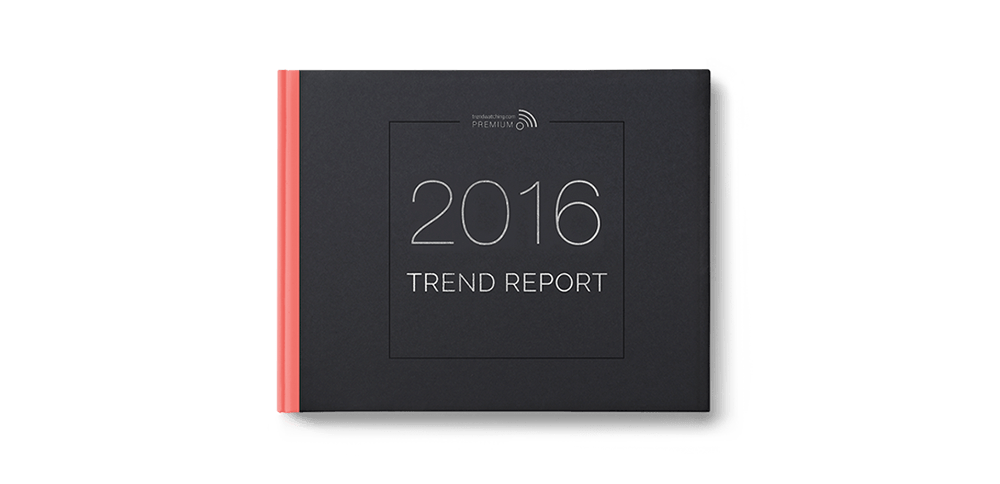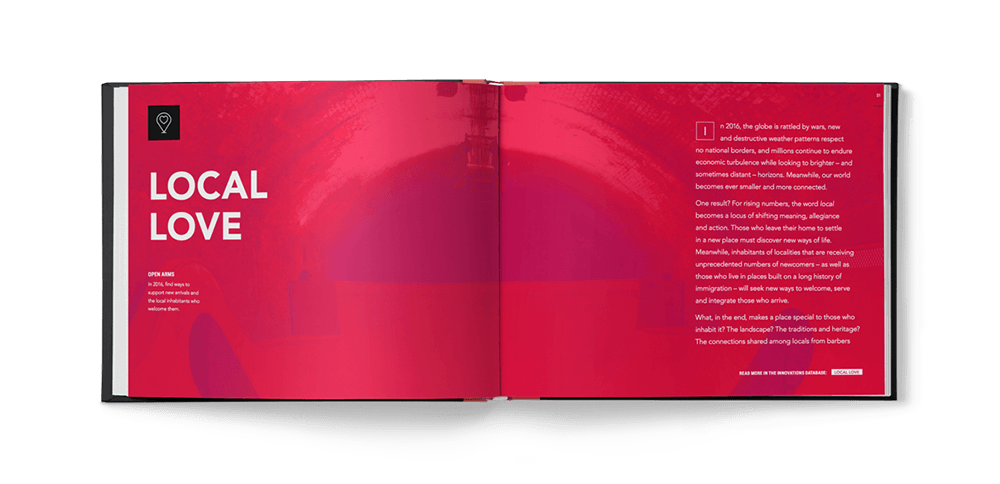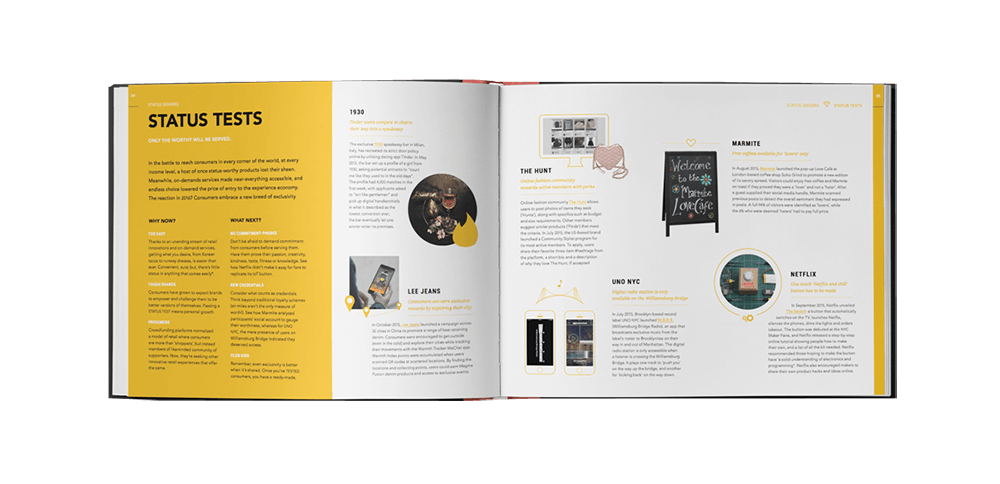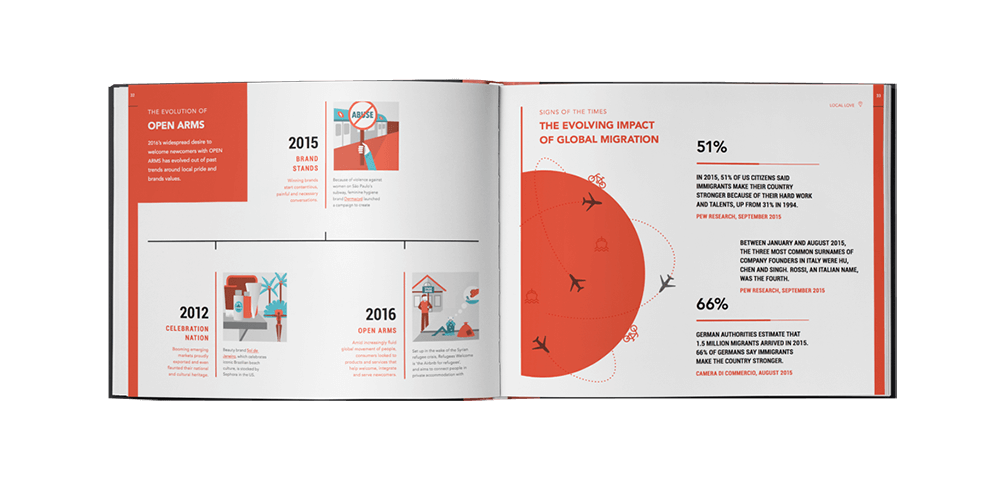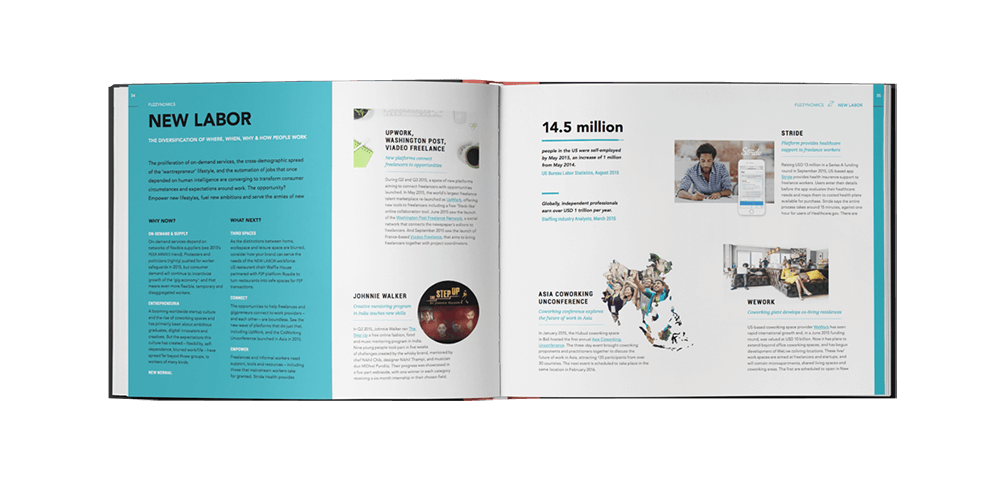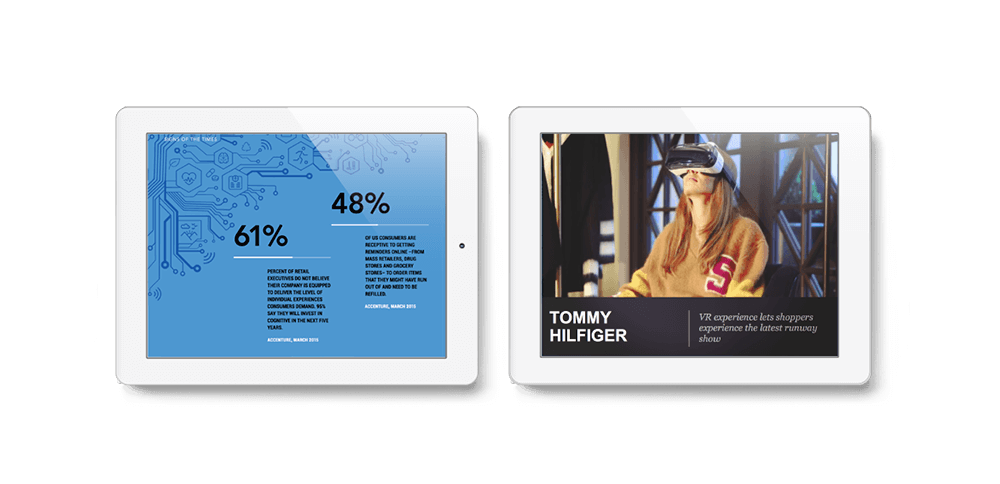Practical Peers
Two (or more) is better than one.
Parent mega-trend: joyning — The eternal desire for connection, and the many (new) ways it can be satisfied.
Asia is the world’s social capital. But beyond Instagram selfies and hashtags, what’s next? In 2016, socially inclined consumers will connect with strangers and individuals in their extended network for mutual benefits, to get things done and create shared value.
The idea of tapping into personal connections to achieve a goal is age-old in Asia. But now, connectivity is allowing consumers to connect with even more people, despite distance and differences, to maximize resources and create shared value.
On top of that, the prevalence of social media means attitudes towards connecting with strangers are now more relaxed. The growth of the sharing economy and the transparency culture that the internet allows (from peer reviews to verified information) means many consumers now have fewer reservations when engaging in transactions with strangers.
Ready to devise your own PRACTICAL PEERS initiatives? See how these smart brands did it.

